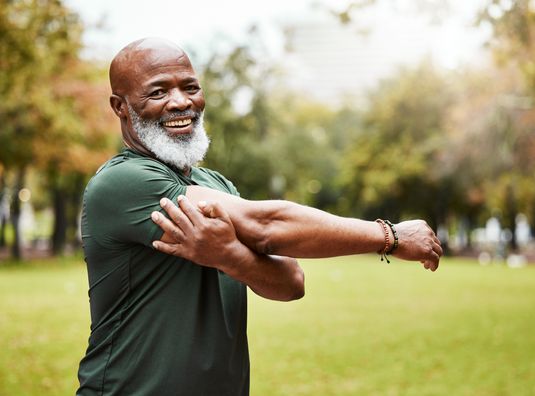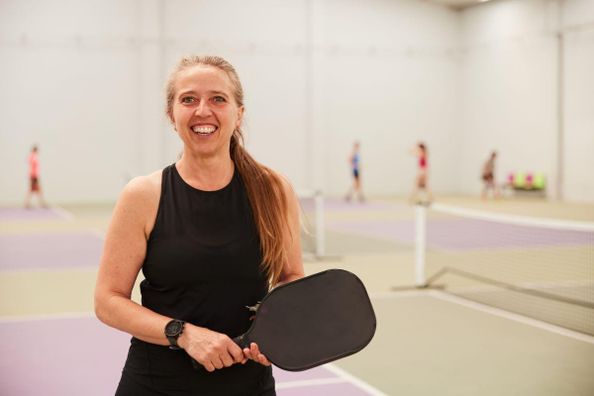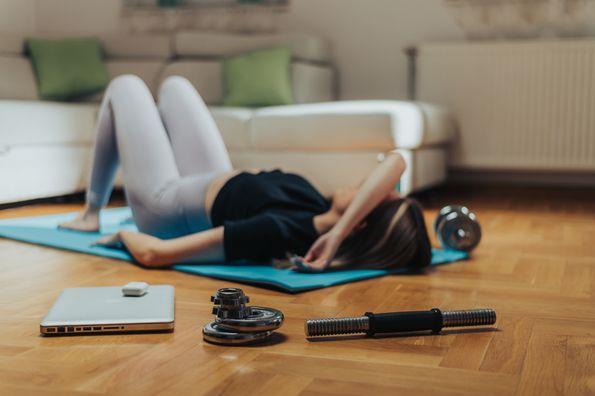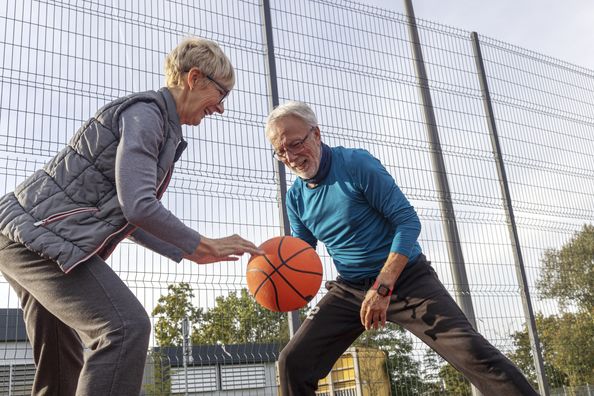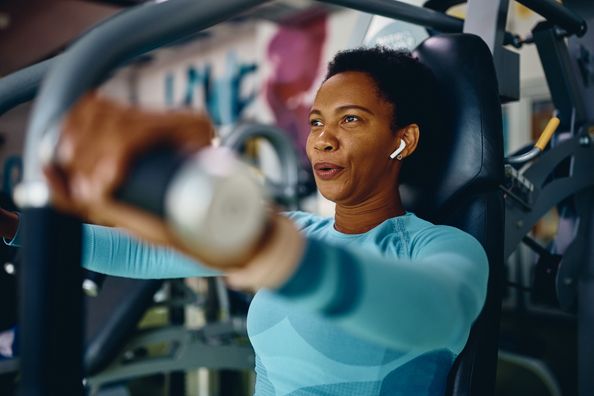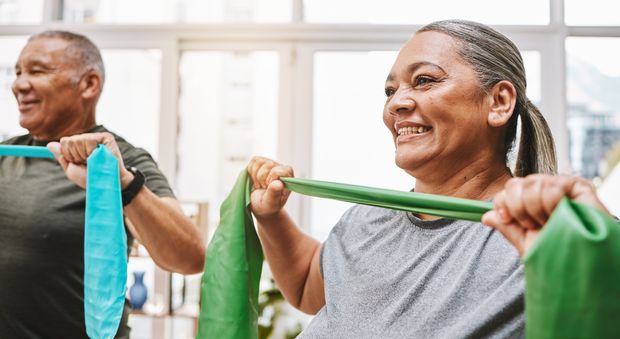When you were a teenager, your goal may have been to get recruited by the big leagues. When you were in your 20s, your goal may have been to run a half marathon. In your 30s, it might have been to amp up your exercising in order to improve strength and mobility.
You might not have those same goals in mind, but the importance of physical activity doesn’t go away as you get older. Between new medical conditions that affect flexibility or cause pain, or the weakening of bones that comes naturally with age, it’s the approach that may need to change.
Fortunately, you don’t have to change your approach alone — and that’s where a sports medicine physical therapist comes in.
Here are 6 tips from about adjusting your workouts as you grow older.
1. Work With a Physical Therapist Even When You’re Not Injured
There are many benefits of seeing a physical therapist even when you’re not recovering from an injury. They can help you:
Prevent falls and injuries
Improve balance, strength, and flexibility
Learn about safety in your home
Find community exercise programs
Lower your risk of injuryReduce pain caused by a chronic condition, such as osteoporosis
Maintain your independence and confidence
Your therapist will assess your overall health, lifestyle, and personal risk factors, and communicate with your other healthcare providers, to develop an exercise program that is right for you.
2. Create New Goals
Come up with new goals that are more sustainable and are not based on a specific event, like a race. Instead, think about how you can use exercise to overcome some of the challenges of health problems that are common with aging. For example, your goals could be:
Do low-impact swimming to relieve pain from osteoarthritis
Practice Tai Chi (a form of martial arts that originated in China) to improve balance, which can decrease your risk of falls and broken bones
Take up yoga to strengthen your bones and reduce the risk of osteoporosis
Go on brisk walks to lower your risk of depression
3. Revamp Your Workout
For some older adults, high-intensity exercise programs are a good fit. But for others, they might not be practical or safe.
If you’re used to intense and vigorous activities like hiking or running — but it’s no longer right for you — you don’t need to completely give up on exercise. Switch to moderate-intensity exercises, like brisk walking or water aerobics. Trade bench presses for low-impact strength training exercises like squats or climbing stairs.
It might also be a good time to try yoga or pilates. These exercises are easy on your joints, improve balance, and can sometimes be done while you are sitting or reclining. Additionally, they have been shown to reduce symptoms of multiple sclerosis, arthritis, and Parkinson’s disease.
The National Council on Aging has great resources covering a wide variety of topics about exercise for seniors from staying motivated to working with a physical therapist to the best exercises if you have certain medical conditions.
Also read, “Variety and Recovery: Keys to Exercise Success”
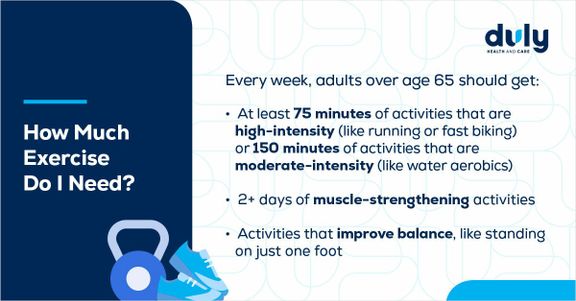
4. Resist the Urge to Compare
Everyone has different bodies, and what works for one person won’t necessarily work for you. When you compare yourself to others, it can leave you feeling defeated and down about yourself.
This is true at any time in your life, and your older years are no exception. Not only does everyone have different athletic abilities in general, but they also age differently.
Just as important is not comparing your current abilities to those you had two decades ago. Not having the same stamina or the skills as you used to can be a difficult pill to swallow, but it’s completely normal. It doesn’t mean that you’re no longer strong or that you haven’t been taking care of yourself.
Learn about creating an exercise plan that’s right for your personal needs. Schedule an appointment with a Duly Health and Care Sports Medicine Physical Therapist.
5. Consult Your Provider
It’s common to see warnings that instruct you to talk to your provider before beginning a new workout routine. You may take these warnings with a grain of salt, but if you have developed certain medical conditions as you have gotten older, some exercises might not be safe.
For example, if you have osteoporosis, high-impact exercises like running or jumping could cause weakened bones to break.
If you have a chronic condition, talk to your provider before starting a new exercise regimen to make sure that it will be safe and effective.
6. Listen to Your Body
Staying active is essential for your health — but so is knowing when to take a break. You may not be able to run a 10k anymore, or lifting heavy weights might become difficult. Don’t push it. If your body is telling you that you need to take a break or lower the intensity of an activity, listen. Your body will thank you later
Health Topics:

